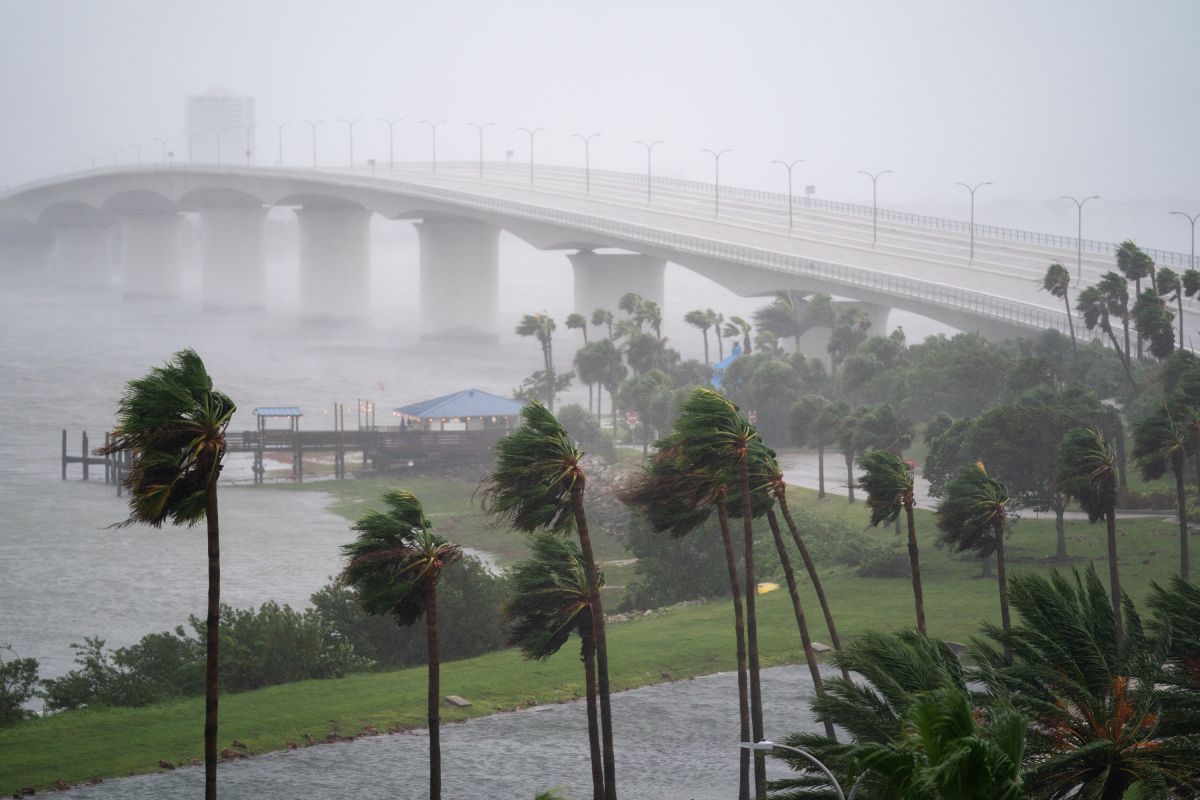At the time of impact, Ian’s strength made it the fifth most intense hurricane in US history.
Hurricane Ian became a major threat that flooded Southwest Florida, turning streets into rivers, leaving nearly 2 million people without powers and threatening catastrophic damage inside.
However, after its initial onslaught on Wednesday, the storm continued to weaken after making landfall in Florida and traveling inland, although still an extremely dangerous hurricane, Ian was downgraded to a Category 2 hurricane, with maximum winds of 105 miles per hour.
The coastal sheriff’s office reported that it was receiving many calls from people trapped in flooded homes. Desperate people posted on Facebook and other social sites, asking for ransom for themselves or their loved ones.
The center of the hurricane made landfall near Cayo Costa, a barrier island west of densely populated Fort Myers. As it got closer, the water drained from Tampa Bay.
The storm, at its time a Category 4, lashed the coast with 150 mph winds and pushed a wall of accumulated storm surge during its slow march over the Gulf.
At least 1.8 million Florida homes and businesses were without power, according to PowerOutage.us. Nearly every home and business in three counties was without power.
The storm previously hit Cuba, killing two people and bringing down the country’s power grid.
Although it is expected to weaken to a tropical storm as it moves inland at about 9 mph, hurricane-force winds from Ian are likely to be felt across central Florida, with storm surges of up to 6 feet.

